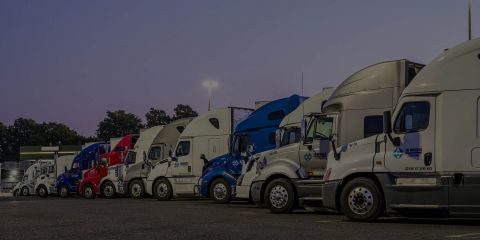2021
What Are the Two Common Kinds of Packaging?

A 3PL provider can offer customized options for the businesses depending on the type of operation and the marketing strategy. The two most common kinds of packaging in the logistics market are factory packing and customer packing. What are the differences and why they are important?
With the trend followed by the urban market, raw packaging appearance is becoming more attractive as less packaging. Being environmental-friendly, the consumer is favoring simple and natural packaging. In the preceding time, the factory ships raw materials in sacks and it becomes fashionable. As opposed to the complicated and catch-your-eye strategies most current consumer products have, both styles have their own favoritism in the current market.
Moreover, the two types of packaging require different specifications on the labeling. Compared to the detailed information enclosed on consumer packaging, factory packaging is simpler because it contains less processing and handling in most cases.
What kind of packaging is more suitable for your products to compete in this competitive market in Vancouver, British Columbia? Whether it is in organic or all-dressed packages, 18 Wheels Logistics will meet your particular demands to sell your products. We are a specialist in labeling, packaging, warehousing, and trucking.
